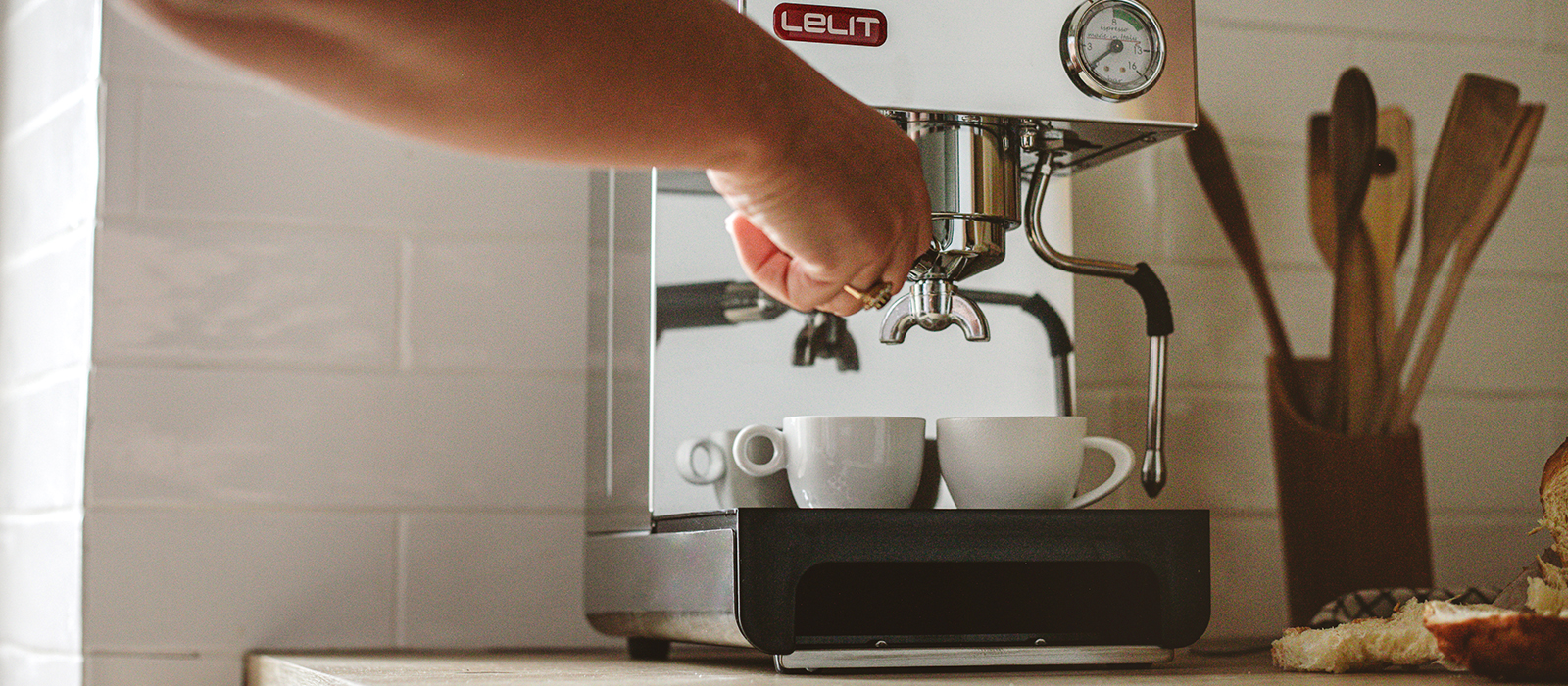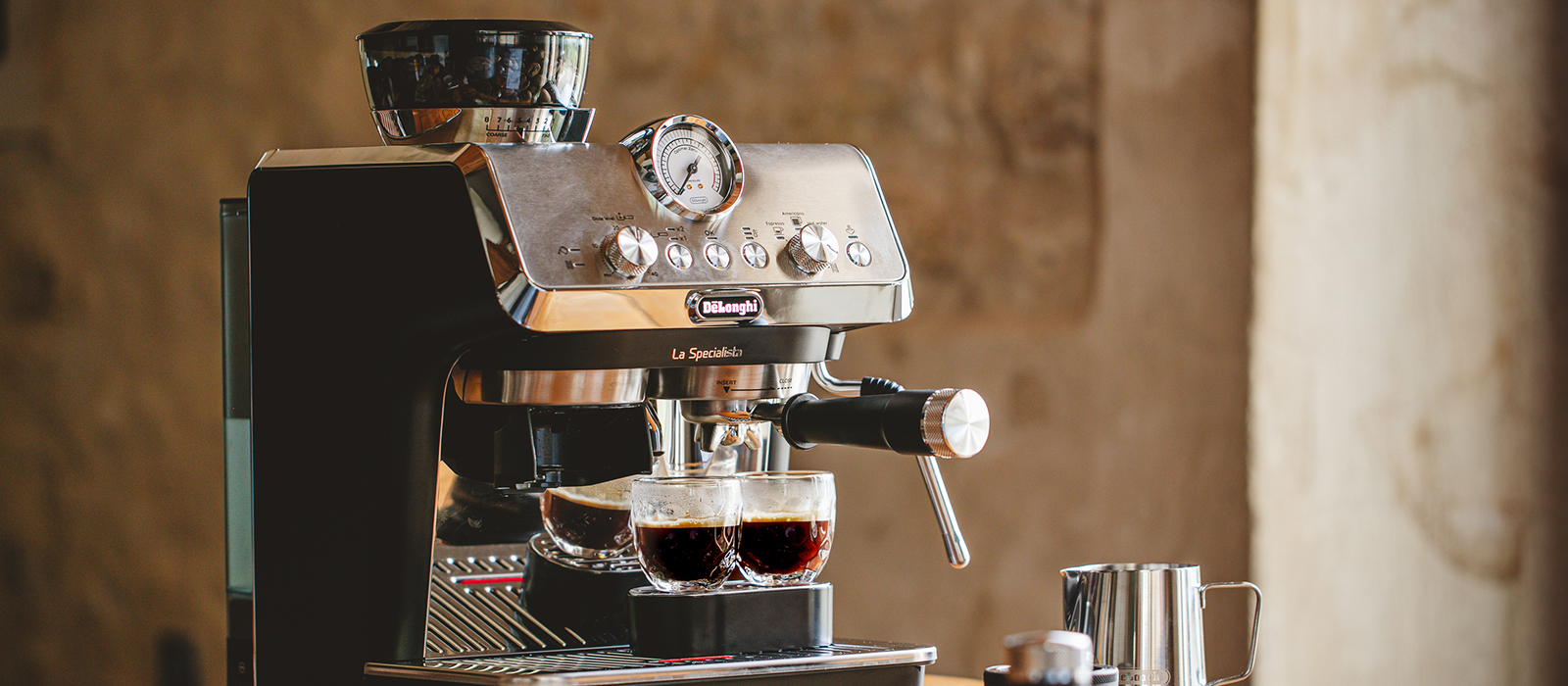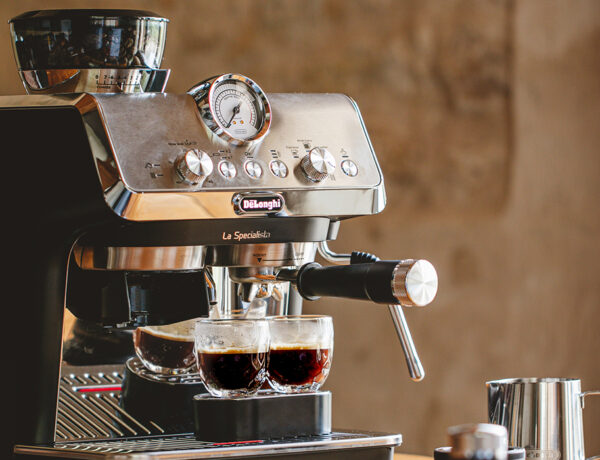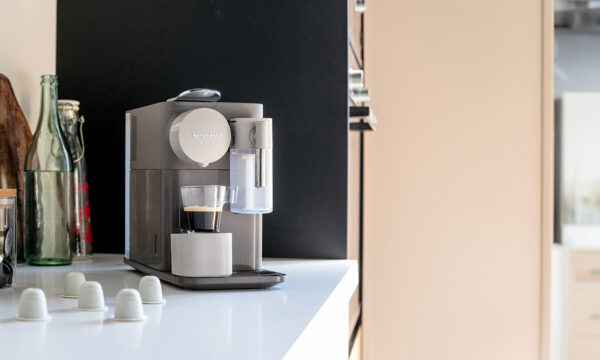
- Home
- Maintaining Your Manual Espresso Machine
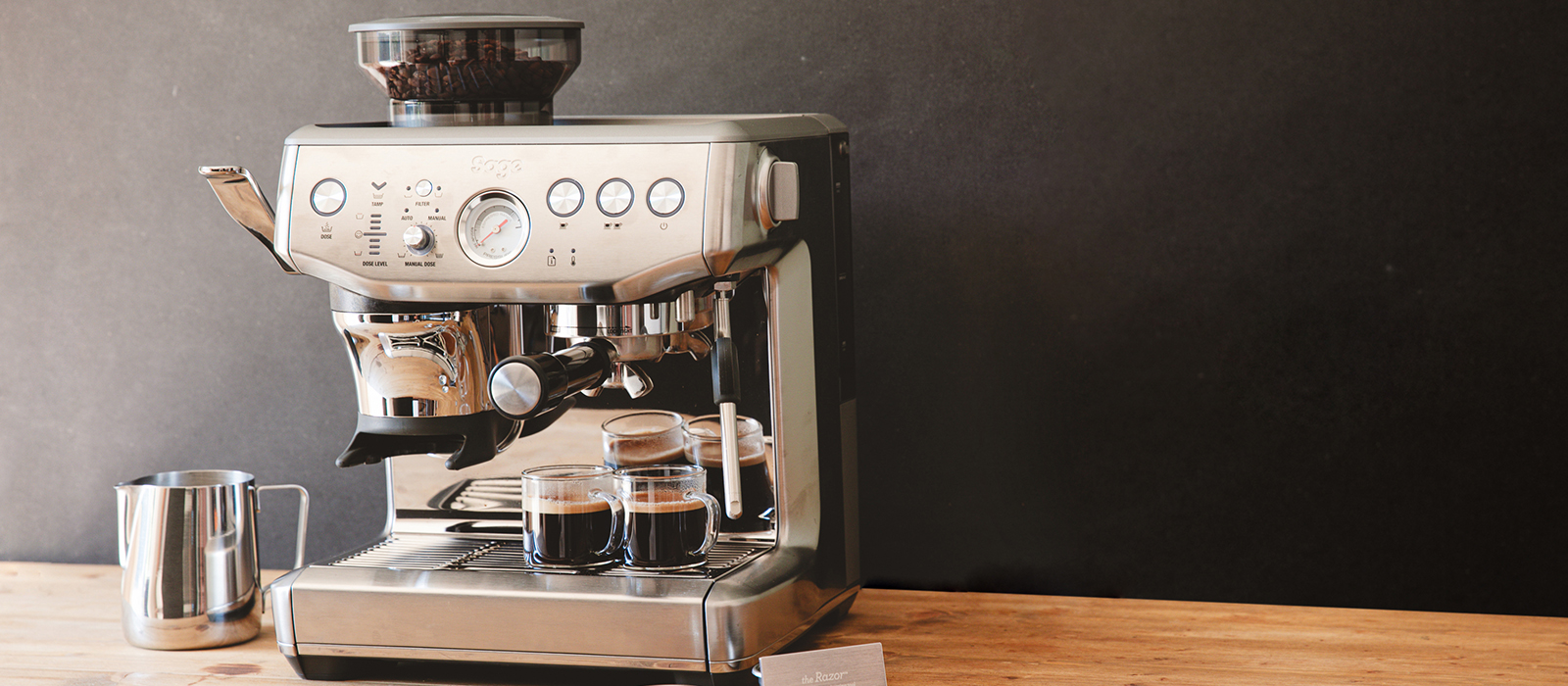
Maintaining Your Manual Espresso Machine
Written by Jordan
Looking after your manual espresso machine is key to ensuring delicious beverages and preserving the aromas of your coffee. That’s why descaling is so important. But how exactly do you go about it? That’s what we’ll explore in this article.
WHY YOU SHOULD DESCALE YOUR ESPRESSO MACHINE
Regular descaling is key to ensure the lifespan of your machine.
Not only does scaling impact your coffee’s taste, it also makes it harder for your appliance to heat the water. Limescale can also form and cause leaks.
The benefits of descaling your espresso machine include:
- extending your machine’s lifespan;
- saving energy;
- decreased repair costs;
- ensuring great coffee flavour.
DESCALING YOUR ESPRESSO MACHINE
Remember to refer to your coffee machine’s descaling instructions. They may vary slightly depending on the model.
Machines with thermoblock heating system
To descale your thermoblock machine efficiently, opt for a descaling solution.
Avoid using white vinegar at all costs, as it can damage your machine.
First, pour the solution into the water tank and press the espresso button several times, waiting a few seconds in between.
When the tank is half-full, wait 10 minutes to allow the product to work properly to remove and dissolve the limescale.
Keep pressing the button until the tank is empty.
Finally, repeat the process with clean water to rinse the machine thoroughly.
Single/dual boiler espresso machines
Single boiler machines, heat exchanger machines, and dual boiler machines need to be cared for differently.
It’s important that you don’t try to descale your boiler yourself. As boilers never empty completely, you risk damaging your machine or, worse, poisoning yourself.
If you believe that your boiler is clogged, we advise you to take your machine to a specialist. And be sure to use filtered water to prolong the life of your appliance.
WHEN SHOULD YOU DESCALE YOUR MANUAL ESPRESSO MACHINE?
For optimum results, we recommend descaling your machine every 2 months, especially if your water is hard. The recommended minimum is every 5 months and only if the water in your area is soft.
In most cases, a warning light tells you when your machine needs descaling.
To find out the hardness of your water, use a hardness testing kit.
Important: Your machine needs to be descaled regularly, even when using a water filter jug, Even though water filter jugs remove most of the limescale, a small amount will remain and gradually build up in the machine’s pipes. This will lead to clogging, excessive energy consumption and machine deterioration.

Universal Descaler – Arfize (500 ml)
– Can be use for coffee machine, manual coffee machine, kettle
– Removes limescale from all appliances
– 5 Doses Capacity
Maintaining and descaling your manual espresso machine is essential to ensure its longevity and great coffee taste! More of a tea person? Be sure to check our guide on how to look after your teapot.
Discover all of our articles
